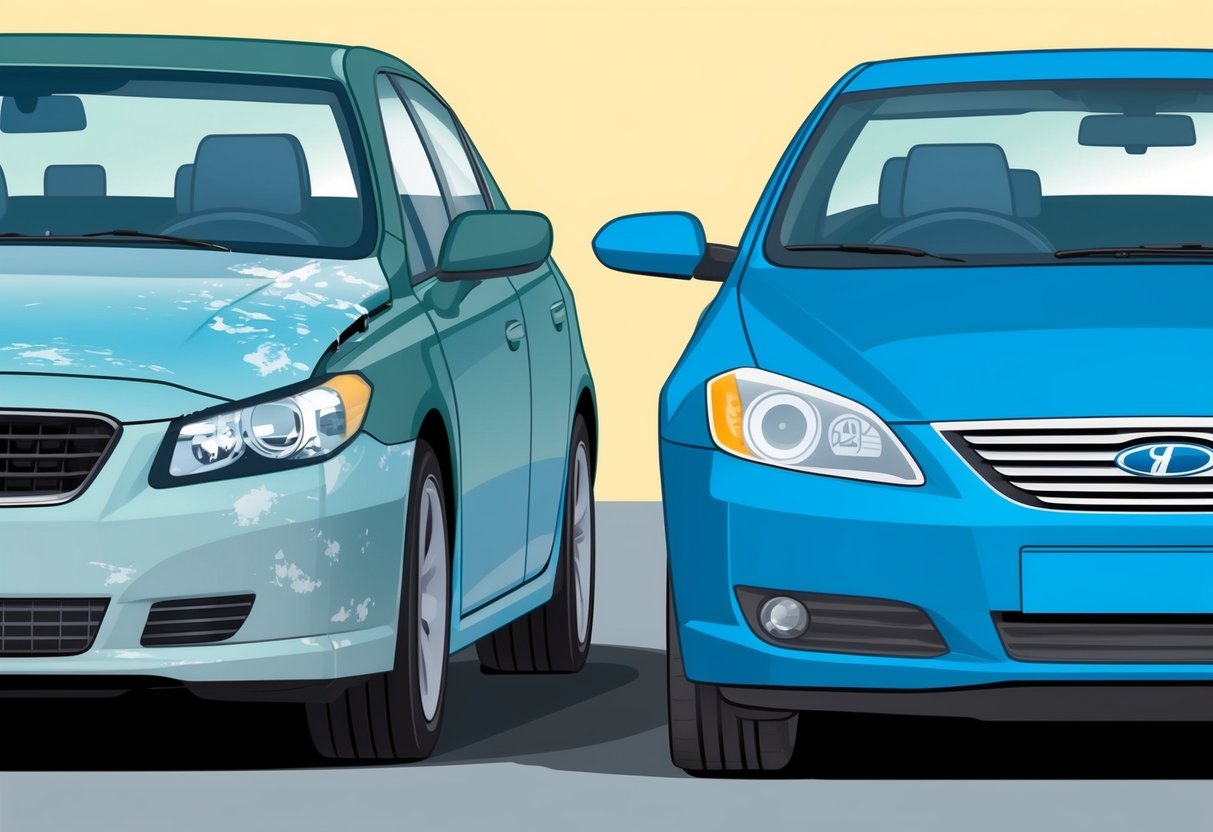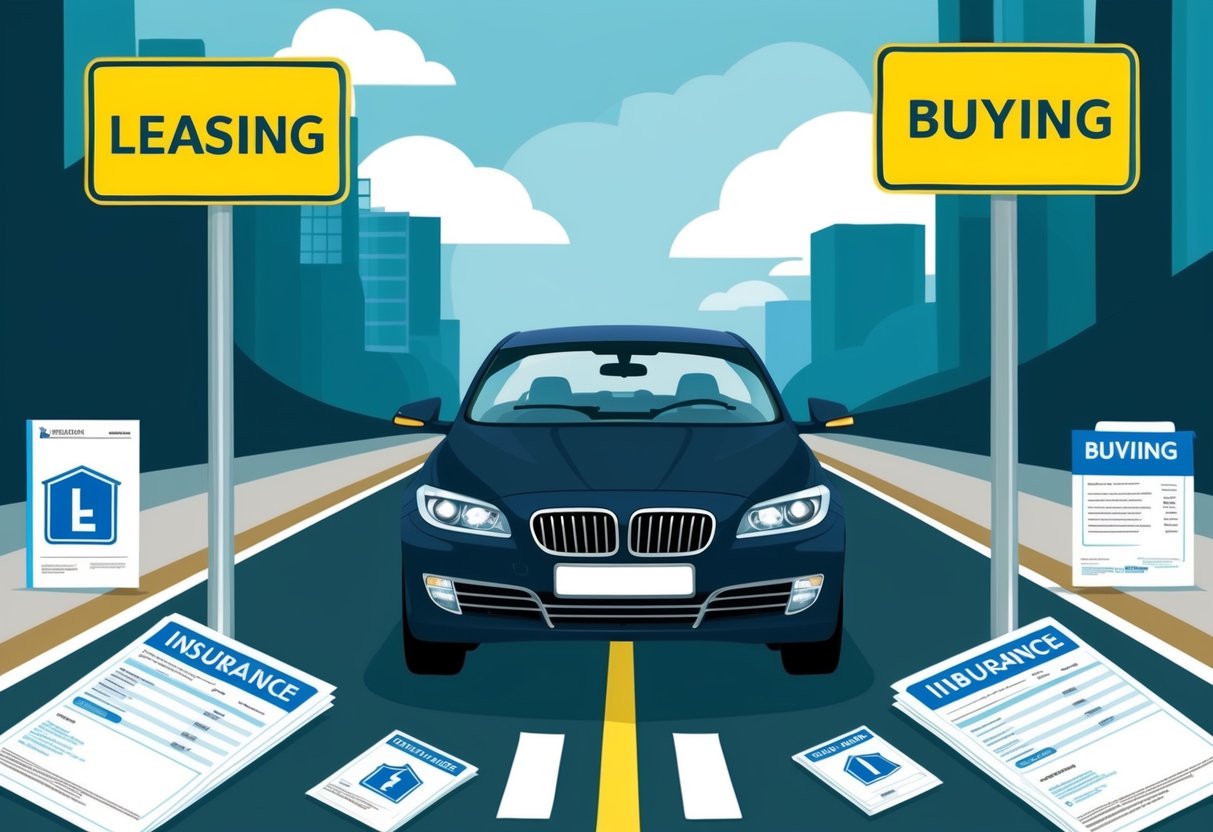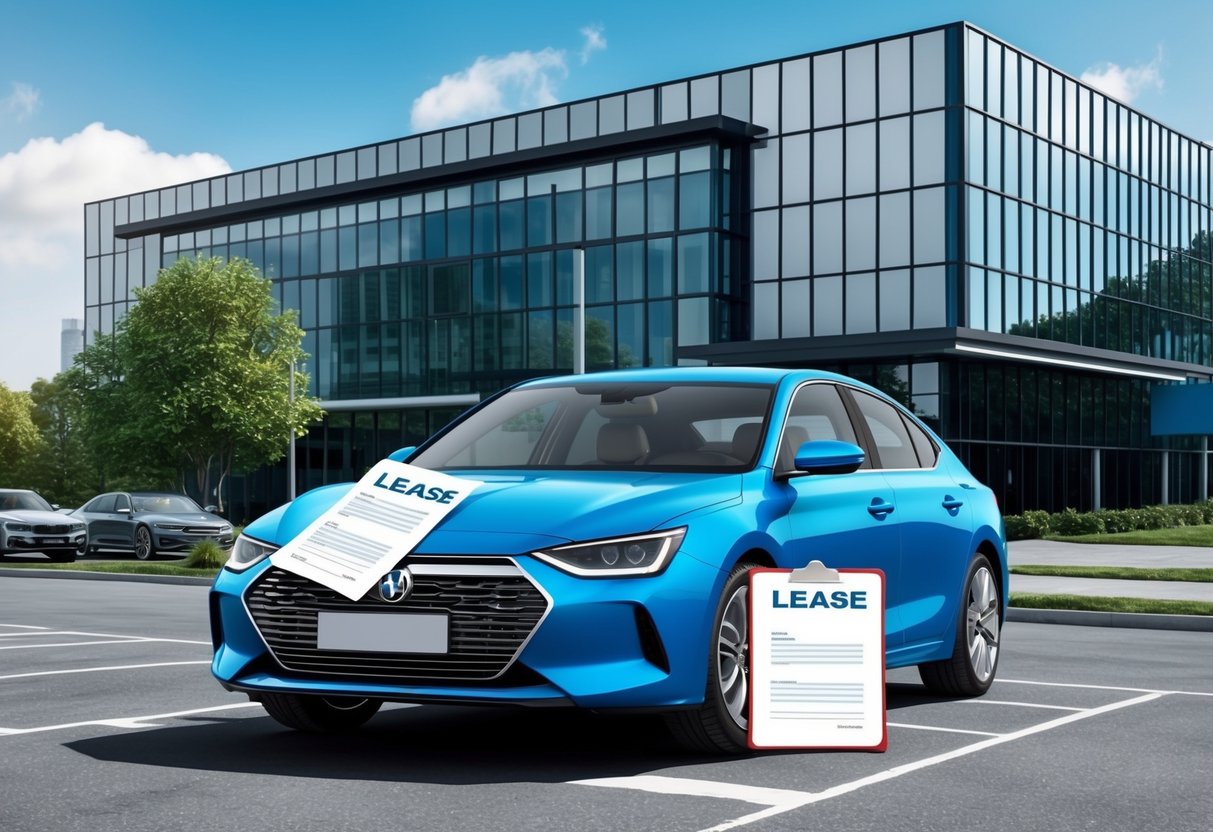
Wear and Tear Policies
Wear and tear standards are far stricter for leased vehicles. Lessees must return the car in “normal” condition; excessive scratches, dents, interior stains, or tire damage can result in extra fees.
Lease agreements usually specify allowable levels of wear, and any excess can lead to charges that sometimes come as a surprise. For more insights, see this detailed description of wear and tear policies for leases.
In contrast, car owners who buy or finance are not penalized for wear and tear unless it affects resale value or trade-in offers. Owners can address cosmetic damage at their discretion and pace.
This flexibility can provide peace of mind, especially for drivers with kids, pets, or long commutes who expect higher mileage and use.
Manufacturer’s Warranty Coverage
Lease agreements typically coincide with the manufacturer’s basic warranty period. This offers coverage for most mechanical and electrical repairs, shifting the burden of costly fixes away from the lessee.
Routine maintenance, though, is still the lessee’s responsibility unless the lease includes a prepaid maintenance plan. Buyers benefit from the same warranty initially, but as ownership extends beyond three to five years, coverage lapses.
At that stage, all repair expenses fall to the owner unless they purchase an extended warranty. This can make long-term ownership more expensive, particularly if the vehicle encounters major mechanical problems.
For more details on how warranty coverage intersects with maintenance costs, see this overview on maintenance and leasing.
Insurance Considerations in Leasing vs. Buying

Insurance plays a significant role in the total cost of both leasing and buying a car. Key differences exist in the coverage requirements and additional policies that might be necessary depending on the ownership option.
Required Insurance Coverage
When leasing a vehicle, lessors usually require lessees to maintain higher levels of insurance coverage. Most leasing companies mandate comprehensive and collision insurance with lower deductibles.
They may also require liability coverage above the local legal minimums to protect their financial interest in the car. By contrast, buyers have more flexibility when choosing insurance.
Buyers can opt for the minimum state-required coverage, and can adjust comprehensive or collision coverage as they see fit. However, if the vehicle is financed, the lender will usually enforce similar insurance requirements as a leasing company until the loan is paid off.
Insurance premiums for leased vehicles are often higher due to these stricter requirements. According to ThinkInsure, insurance usually costs more for a leased car than an owned one, mainly due to the broader and higher limits set by lessors.
Comprehensive Insurance and Gap Insurance
Comprehensive insurance is highly recommended for both leased and financed vehicles. It covers non-collision events like theft, vandalism, or natural disasters, making it valuable for new or high-value cars commonly leased or purchased via financing.
Gap insurance is especially important for leased vehicles. It covers the difference between what is owed on the lease and the car’s actual cash value if the car is totaled or stolen.
Leasing companies often require gap insurance, but even when buying, it is beneficial if the car is heavily financed or depreciates quickly. Gap insurance provides peace of mind, ensuring drivers are not left covering out-of-pocket costs should an accident or loss occur early in the lease or loan term.
Without it, drivers risk owing more than the insurance payout. For more details, see the overview from ThinkInsure on lease vs buy insurance.
Flexibility and Lifestyle Fit

Choosing between leasing or buying a car involves more than finances—it also affects how easily someone can change vehicles or keep up with evolving automotive technology. Lease agreements and vehicle purchases both offer distinct advantages and limitations depending on lifestyle needs.
Flexibility and Early Termination
Leasing a car gives people short-term options to switch vehicles every few years. This is appealing for those who want to drive late-model cars without long-term commitment.
Leases often last two to four years, which provides a predictable upgrade cycle and reduces concerns about aging vehicles or declining trade-in values. Early termination, however, is where leasing can become restrictive.
Most leasing contracts include strict penalties for ending a lease prematurely, which can add significant costs and administrative hassle. Buyers, by contrast, can sell or trade their car whenever they choose—there’s no penalty other than potential depreciation.
Those who anticipate lifestyle changes, such as moving, expanding a family, or shifting driving habits, should weigh this carefully. The ability to adjust vehicle ownership flexibly can represent real-world savings and convenience, especially for those with uncertain future needs.
More details about these flexibility differences can be found in this guide on leasing vs. buying a car.
Adapting to Technology and New Vehicles
Leasing is often favored by tech enthusiasts. When leasing, individuals regularly access the newest cars and technology features, from upgraded infotainment to advanced driver-assistance systems.
This is a significant draw for anyone who values having the latest safety technology or fuel efficiency advancements without waiting years to upgrade. Buyers, on the other hand, may hold on to vehicles longer to maximize the value of their investment.
This can mean driving older models that may not have the most current features once the vehicle ages. However, those who purchase can modify their car as they please, unlike many lease contracts that restrict customization.
For drivers who appreciate continual access to new models and want to test drive the latest upgrades every few years, leasing aligns better with their preferences. A closer look at these benefits is available in resources such as this discussion of leasing versus buying a new car.